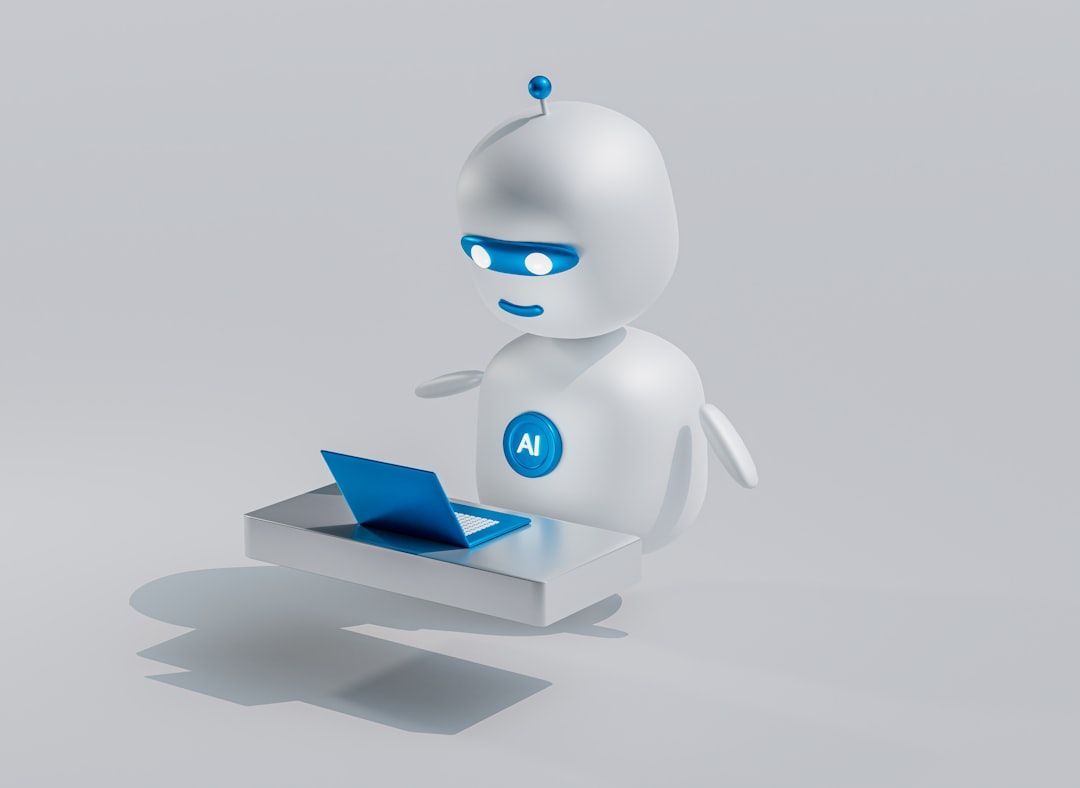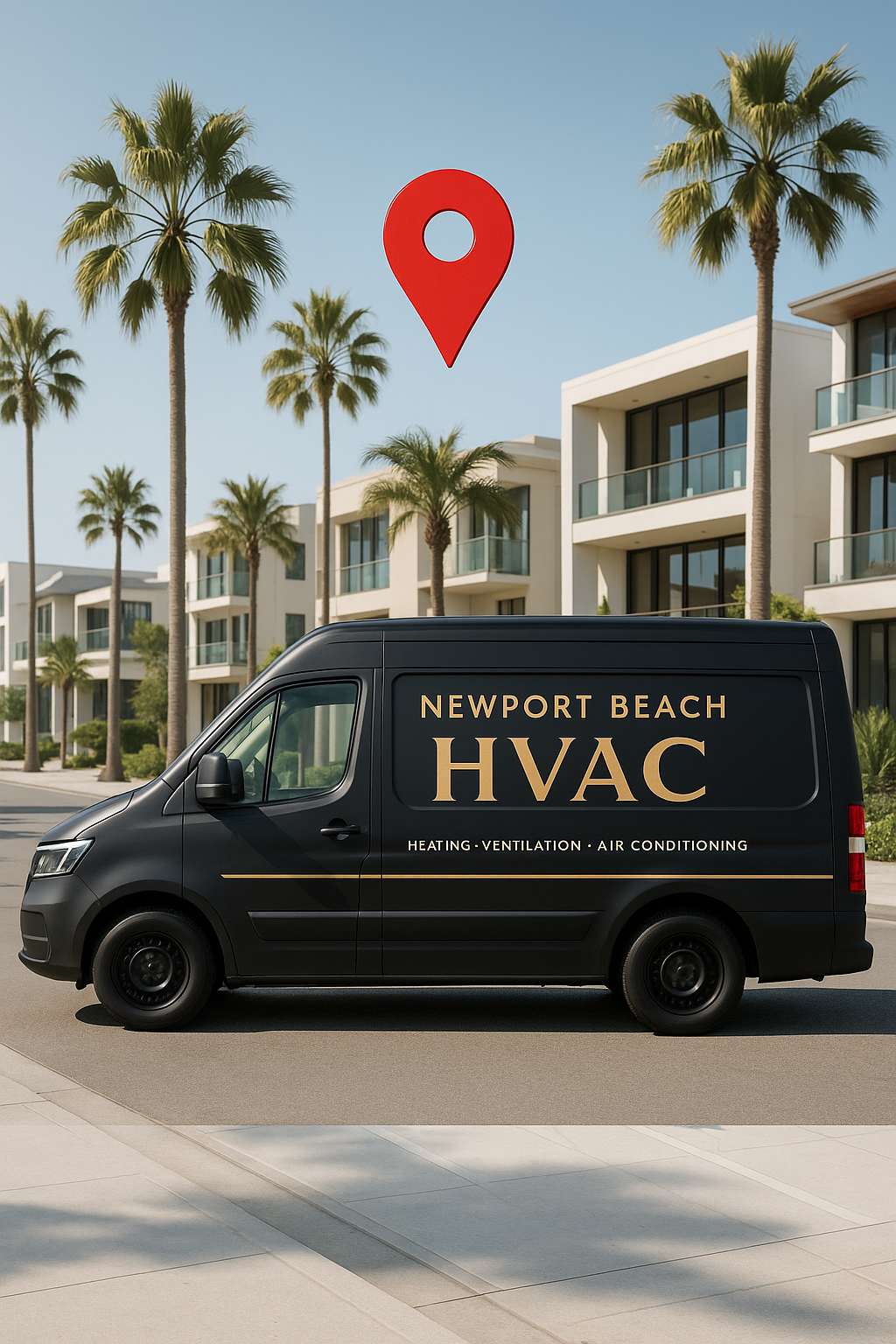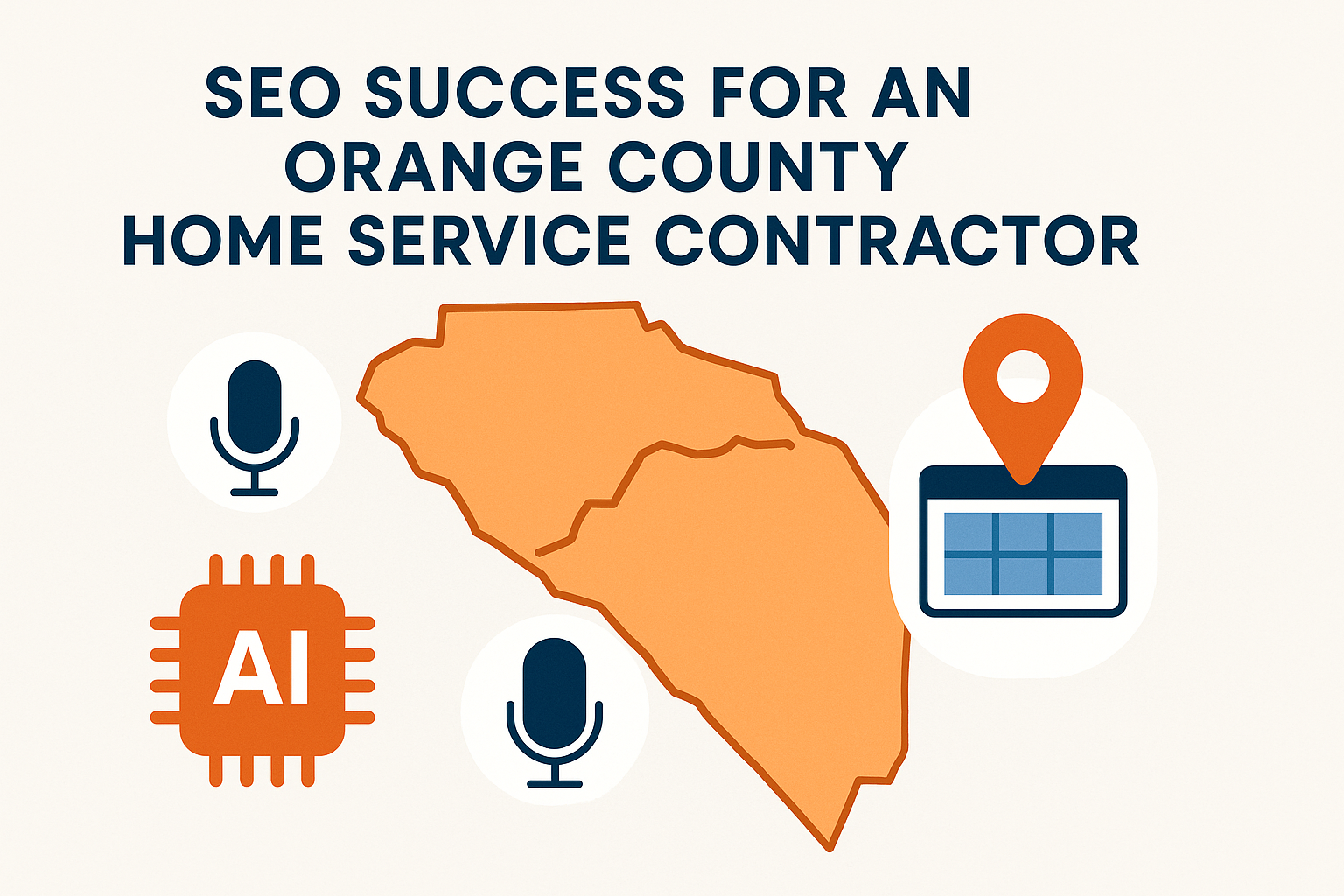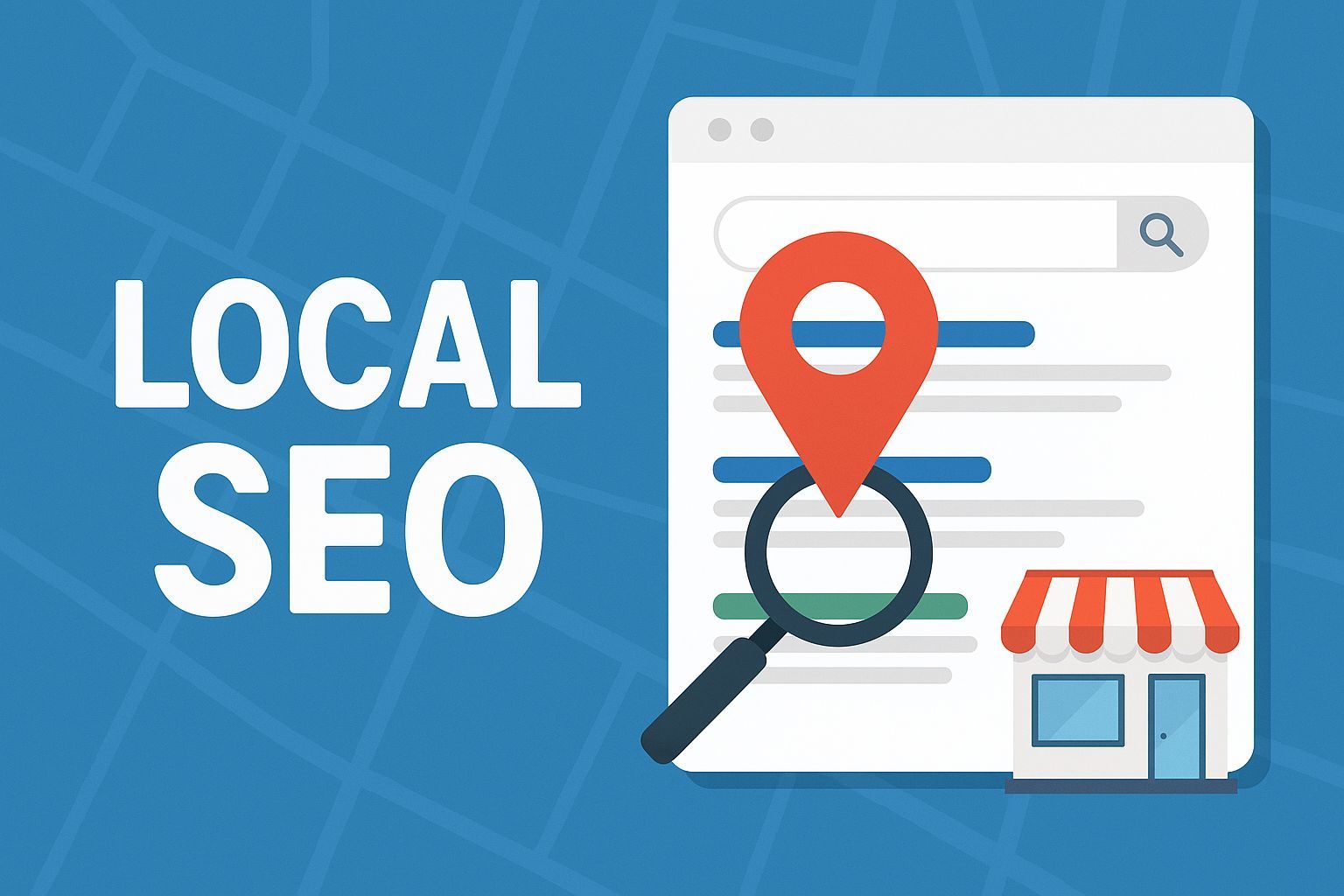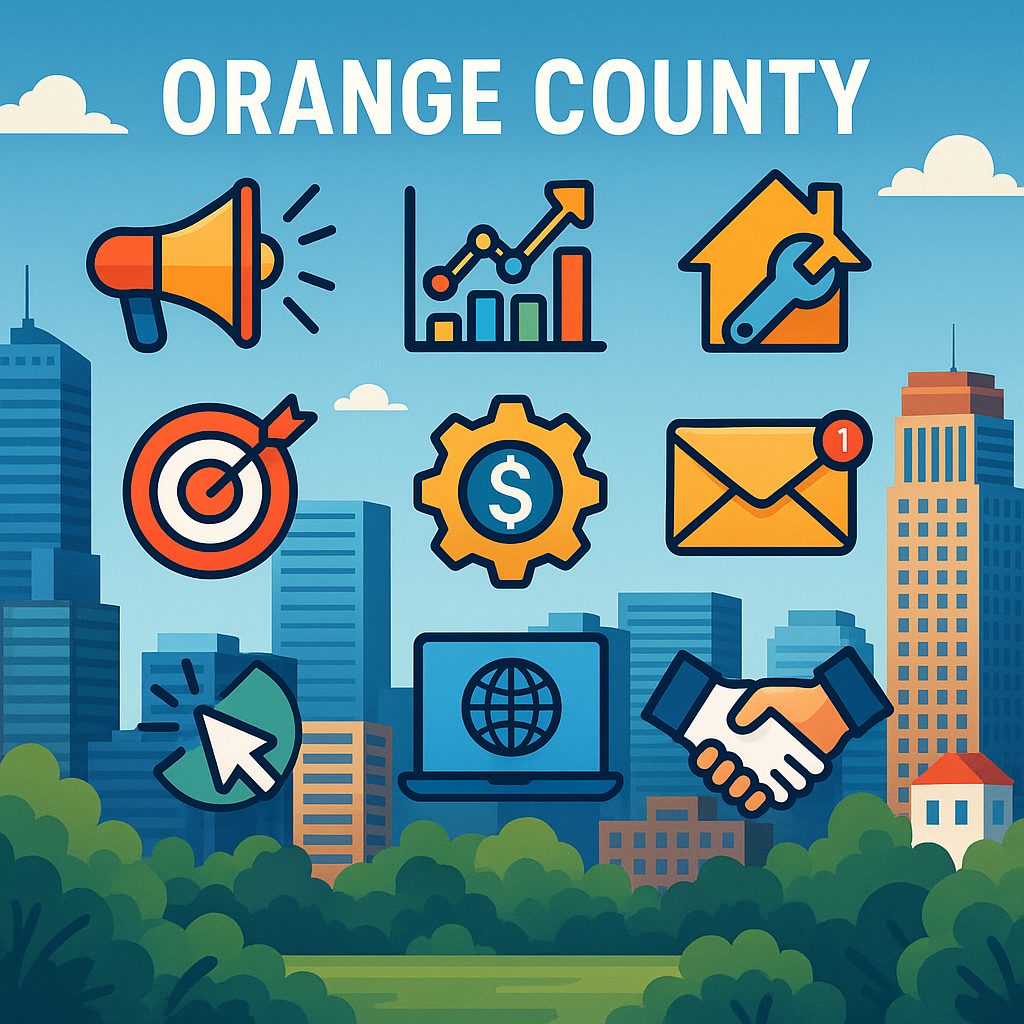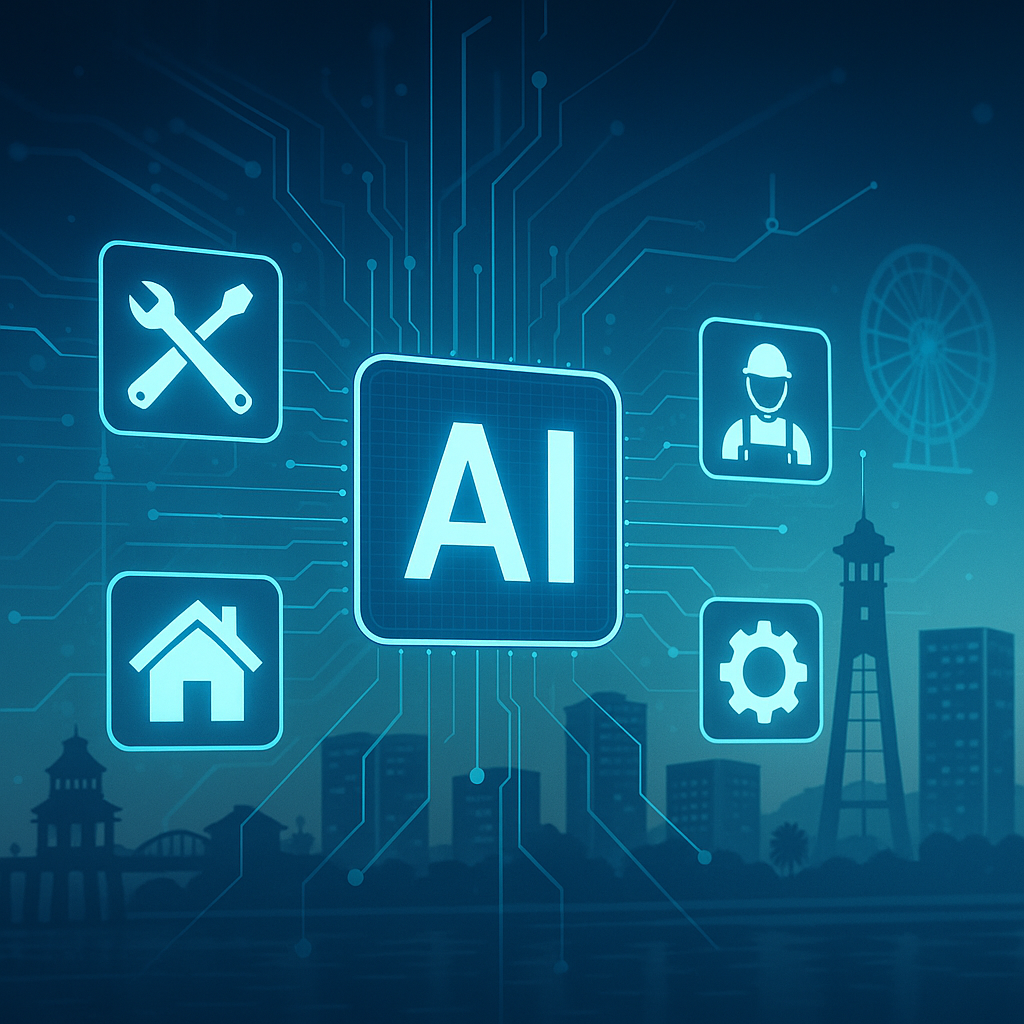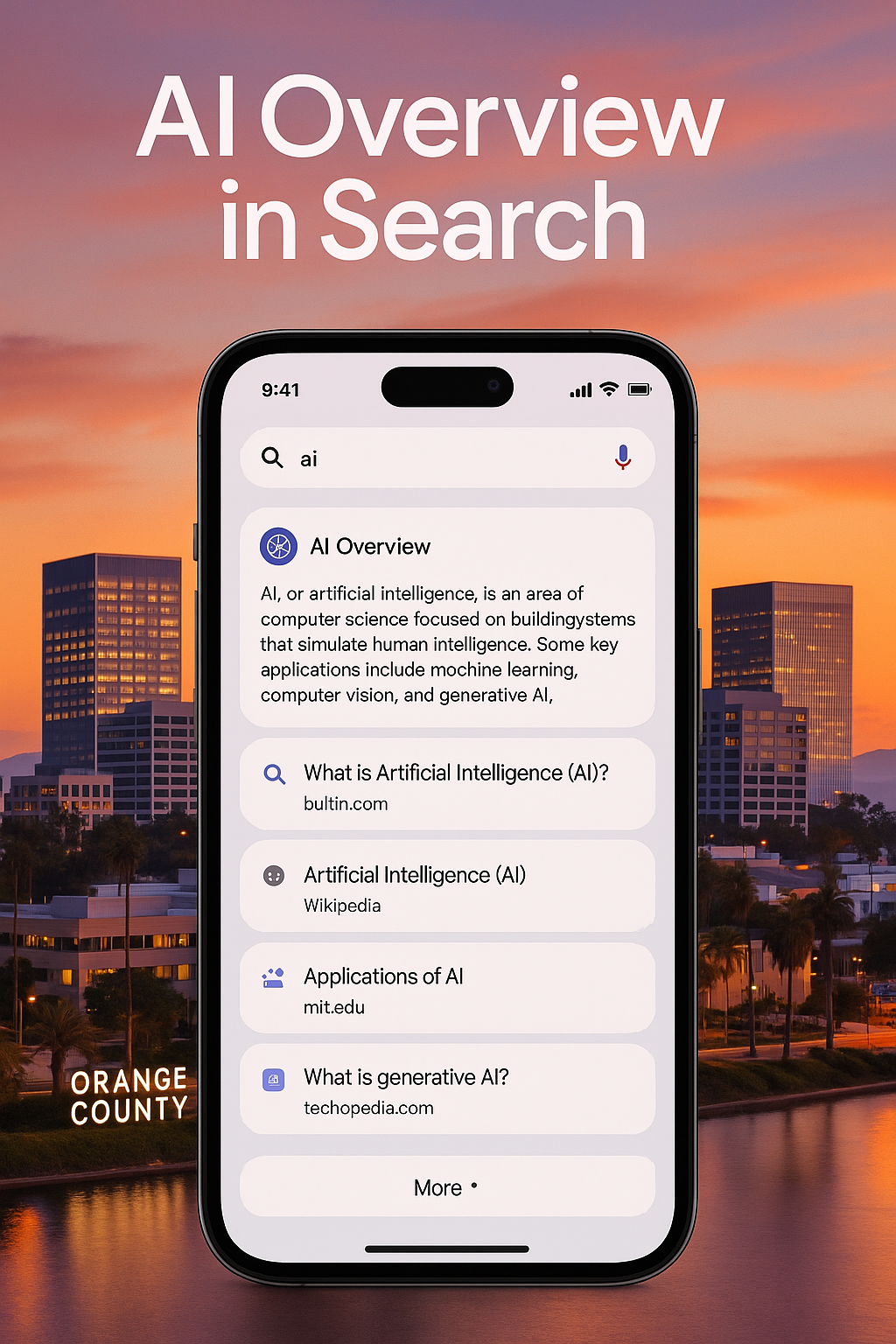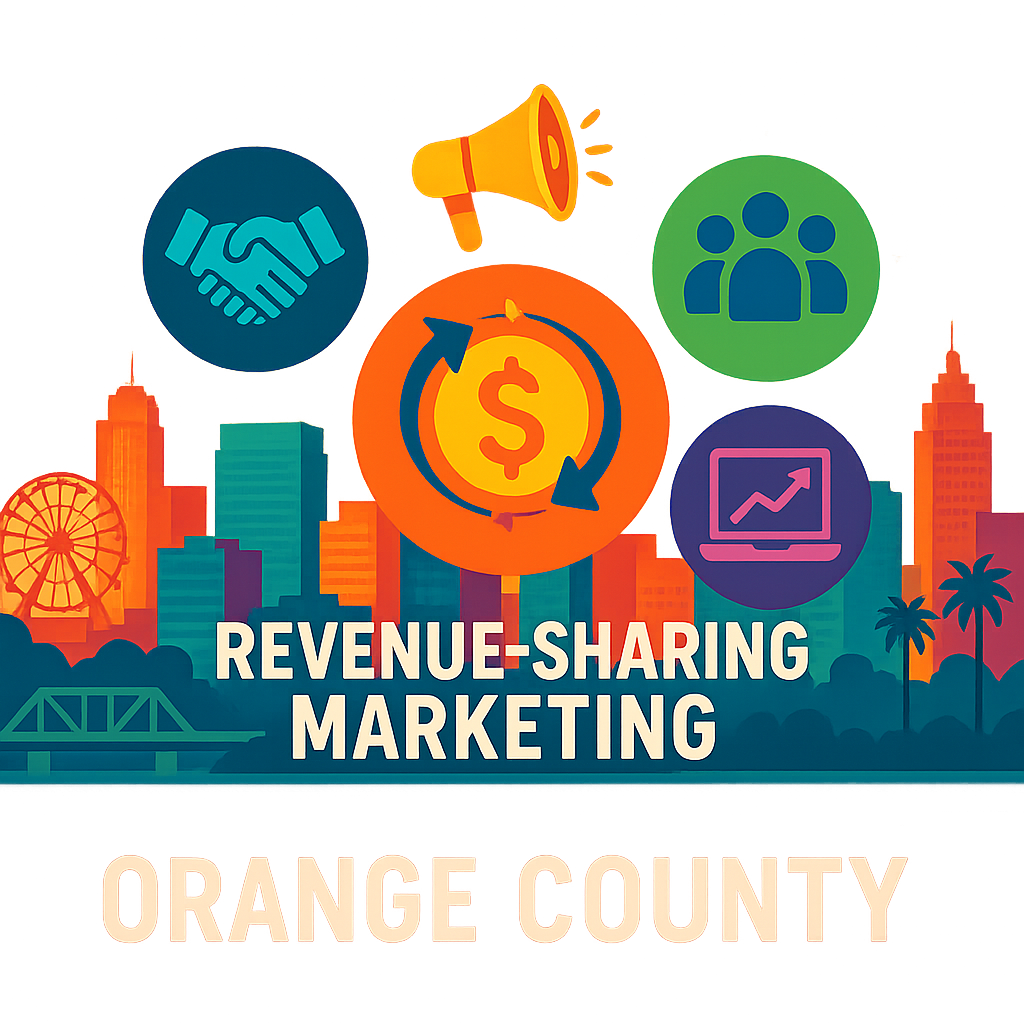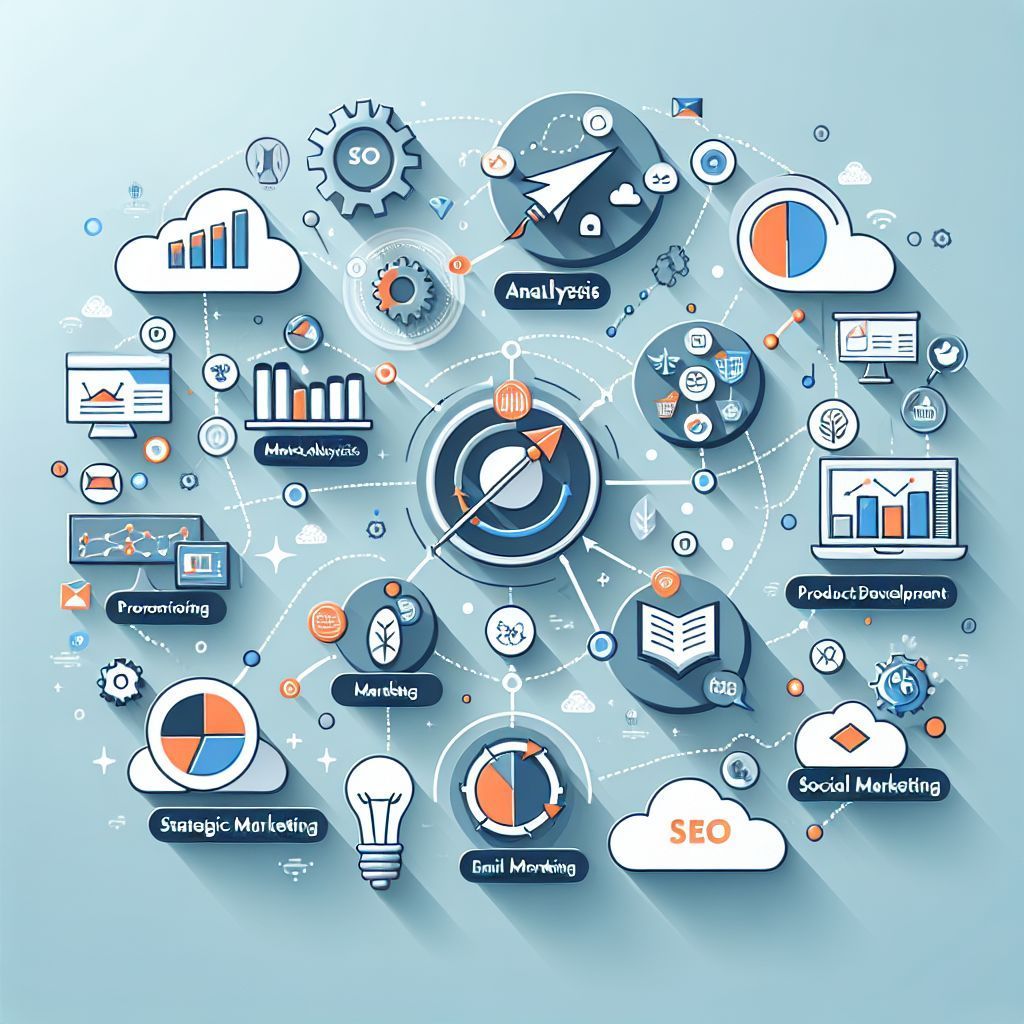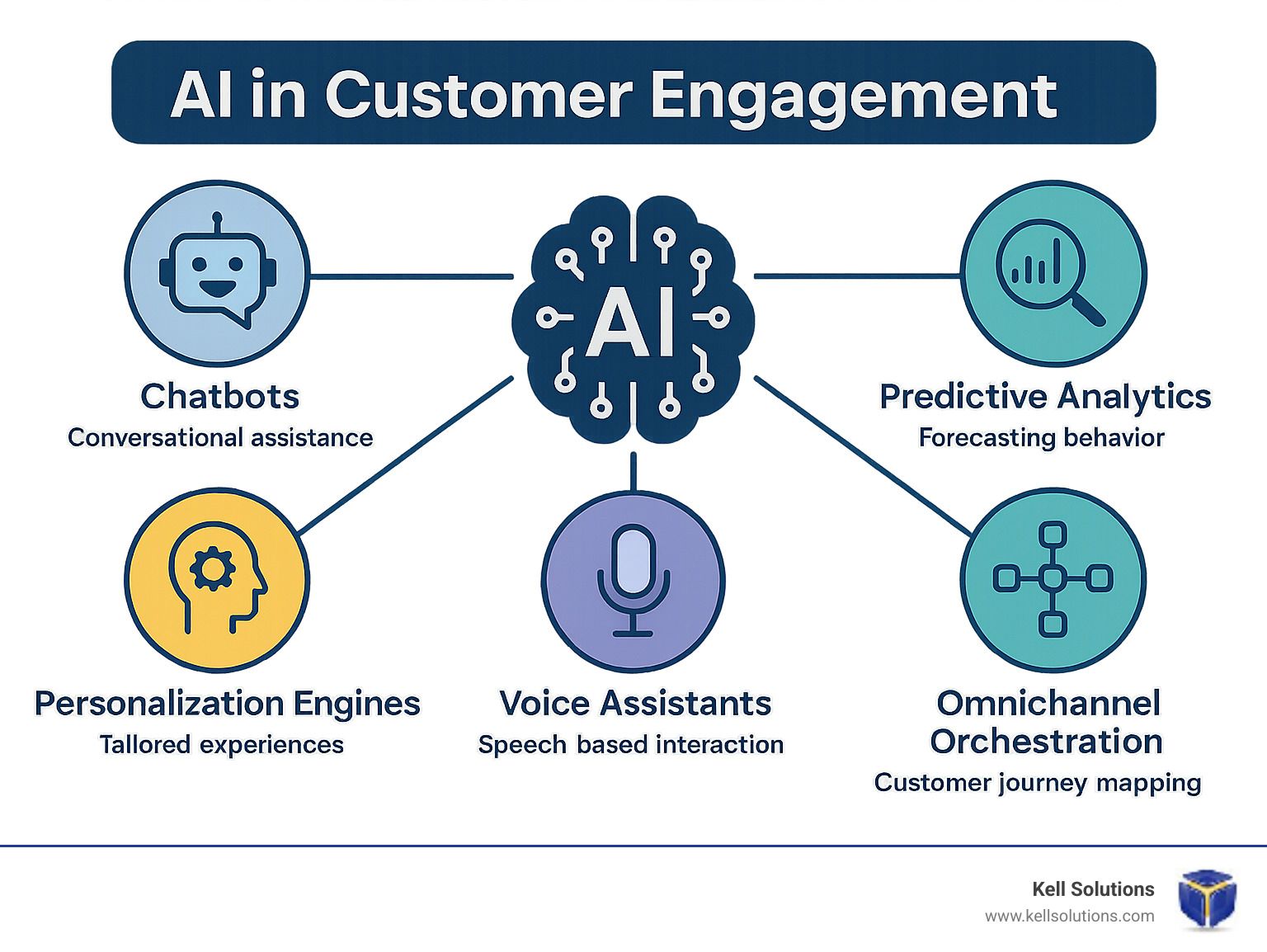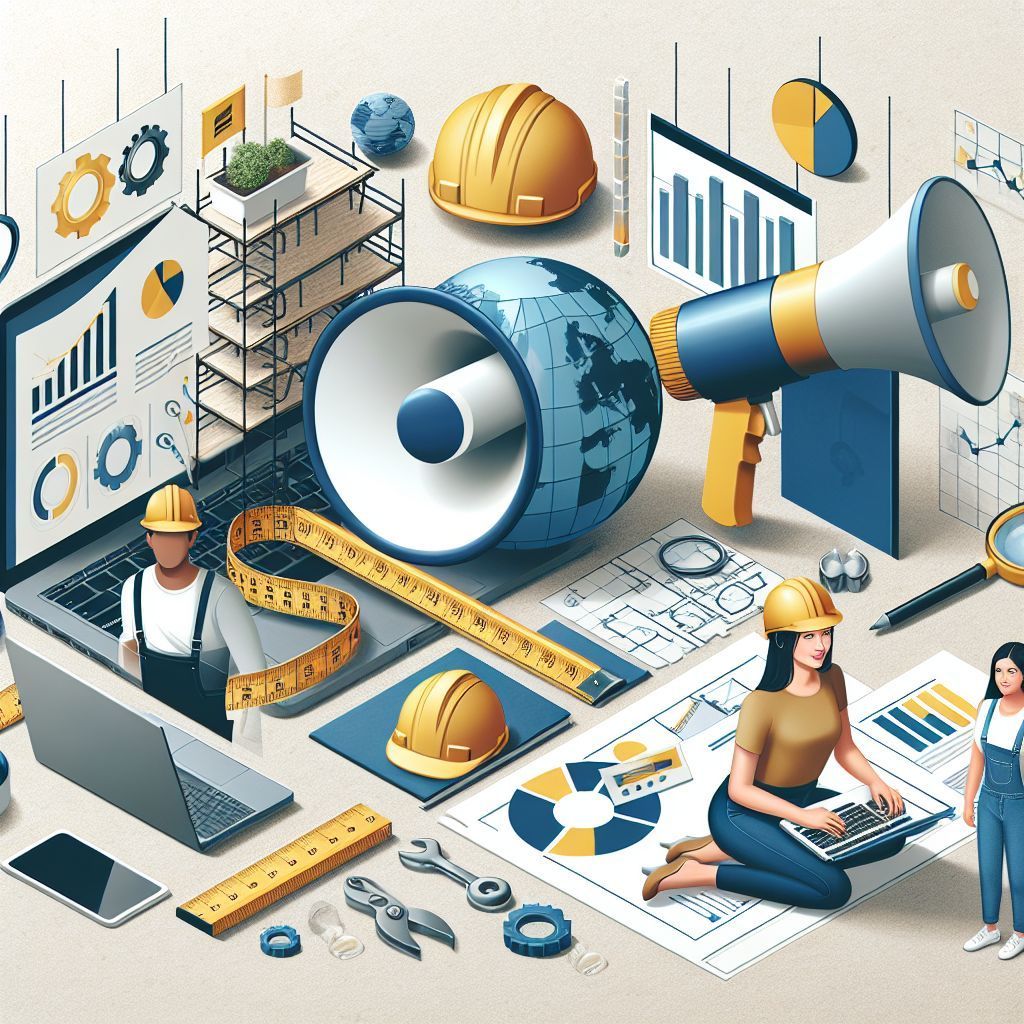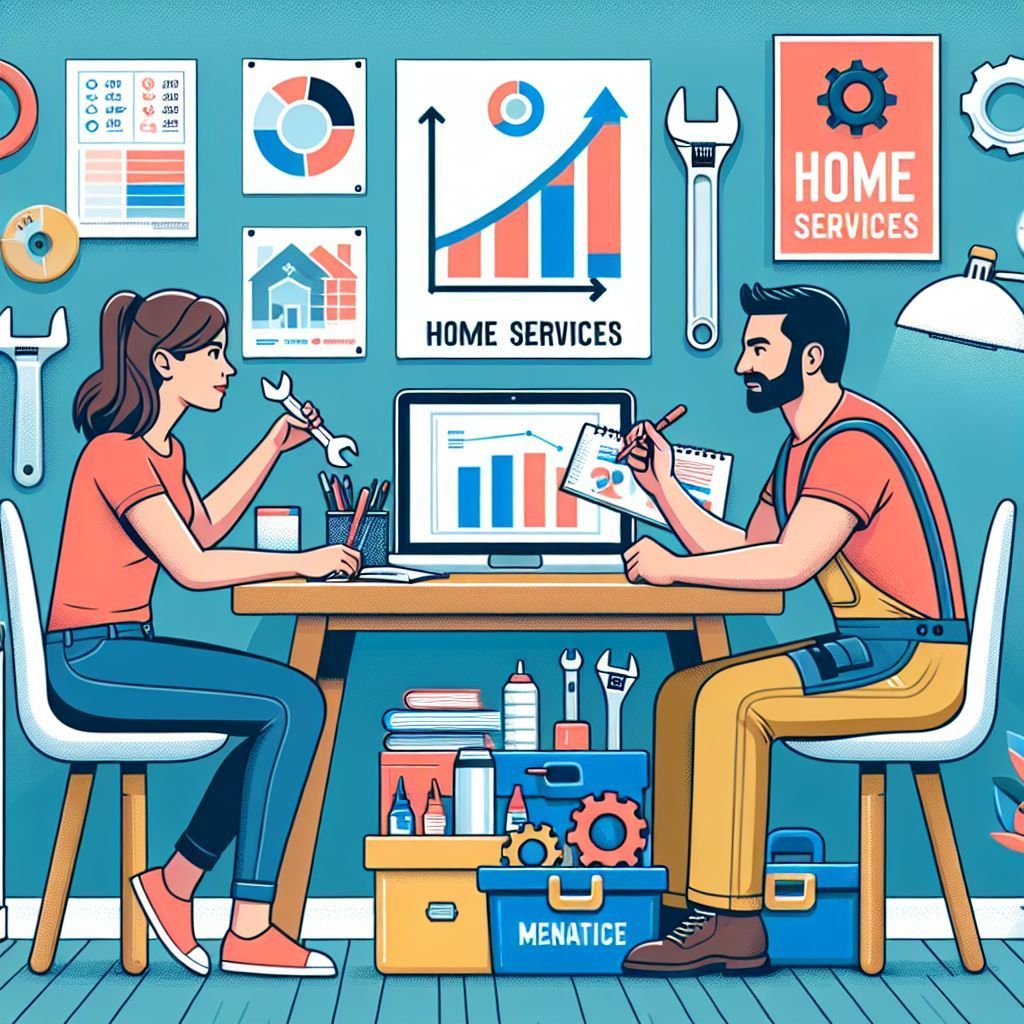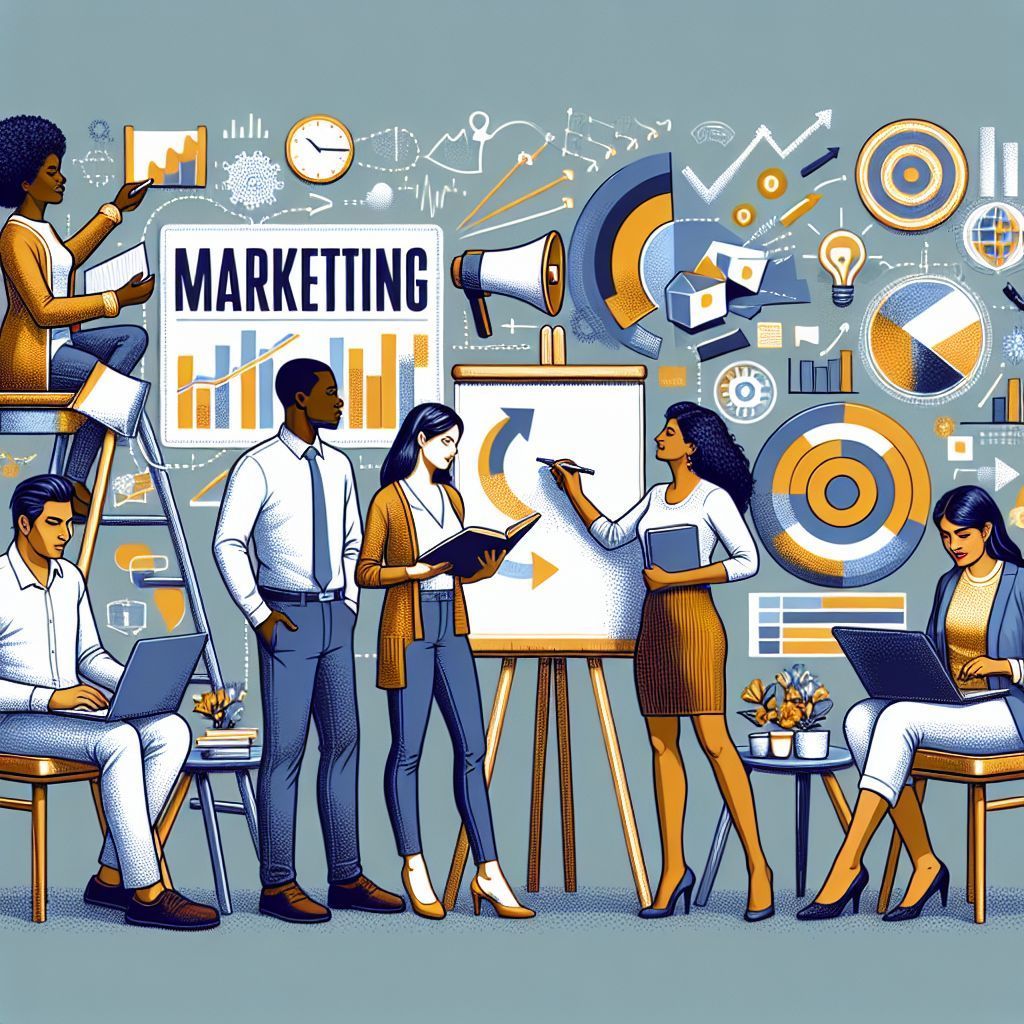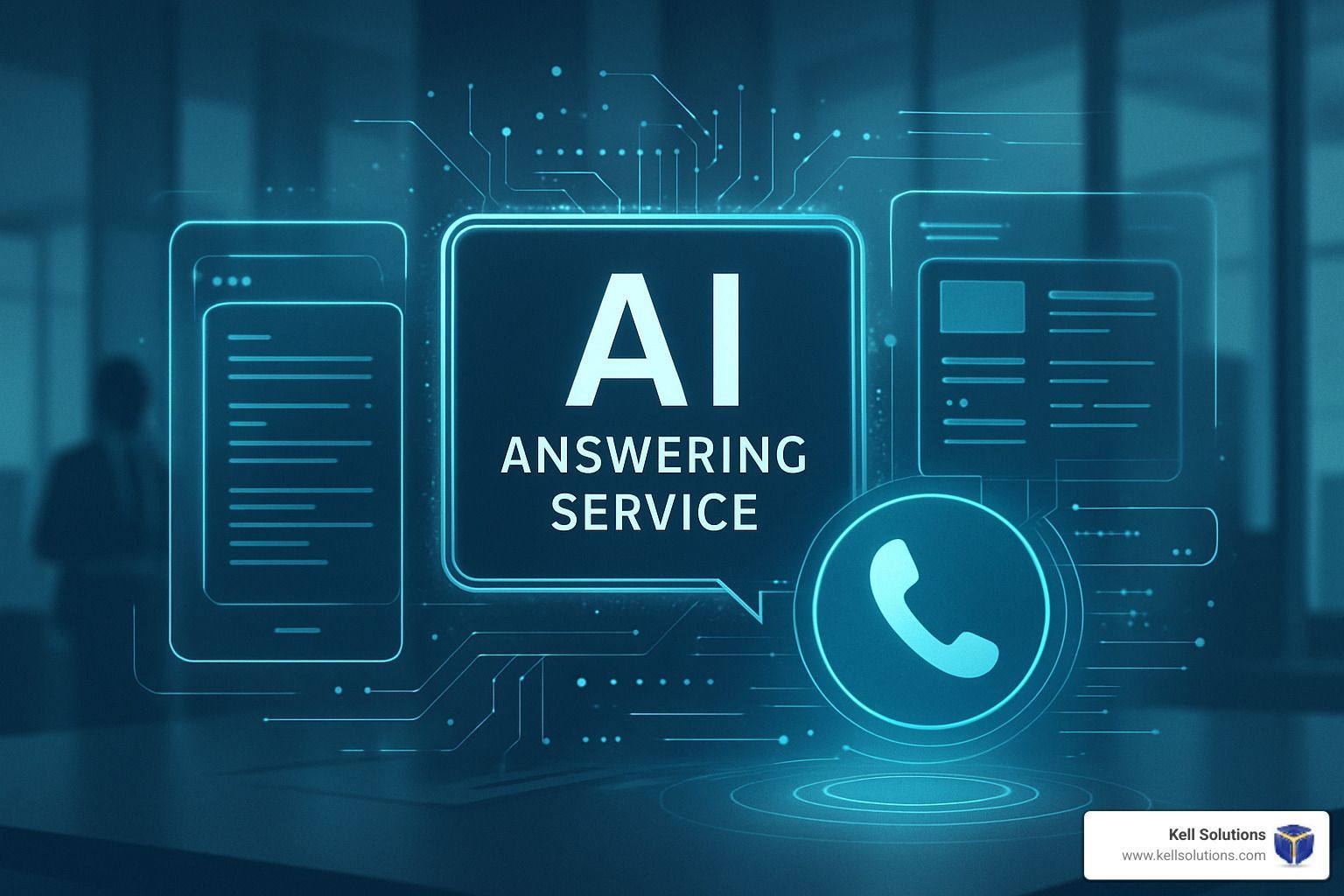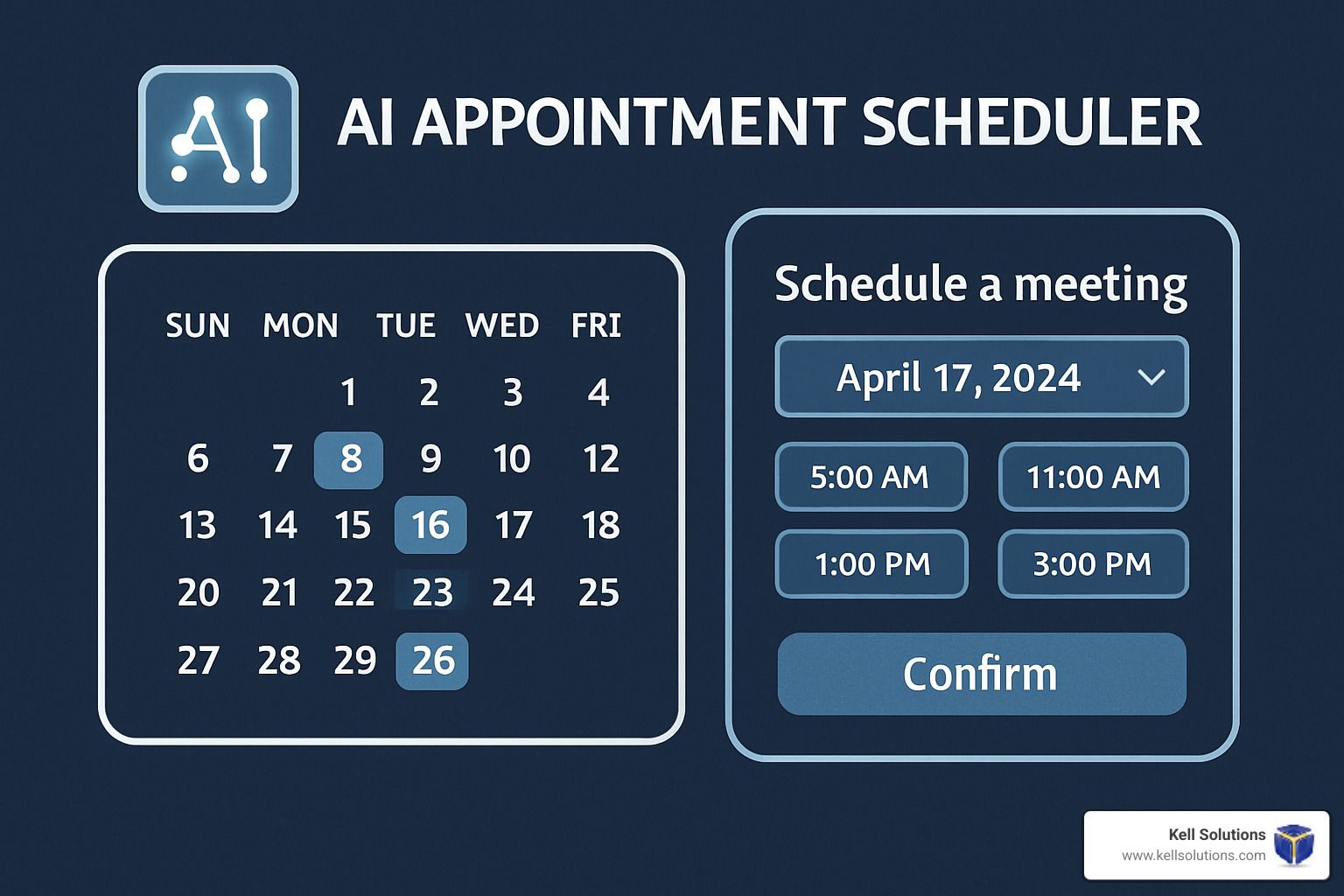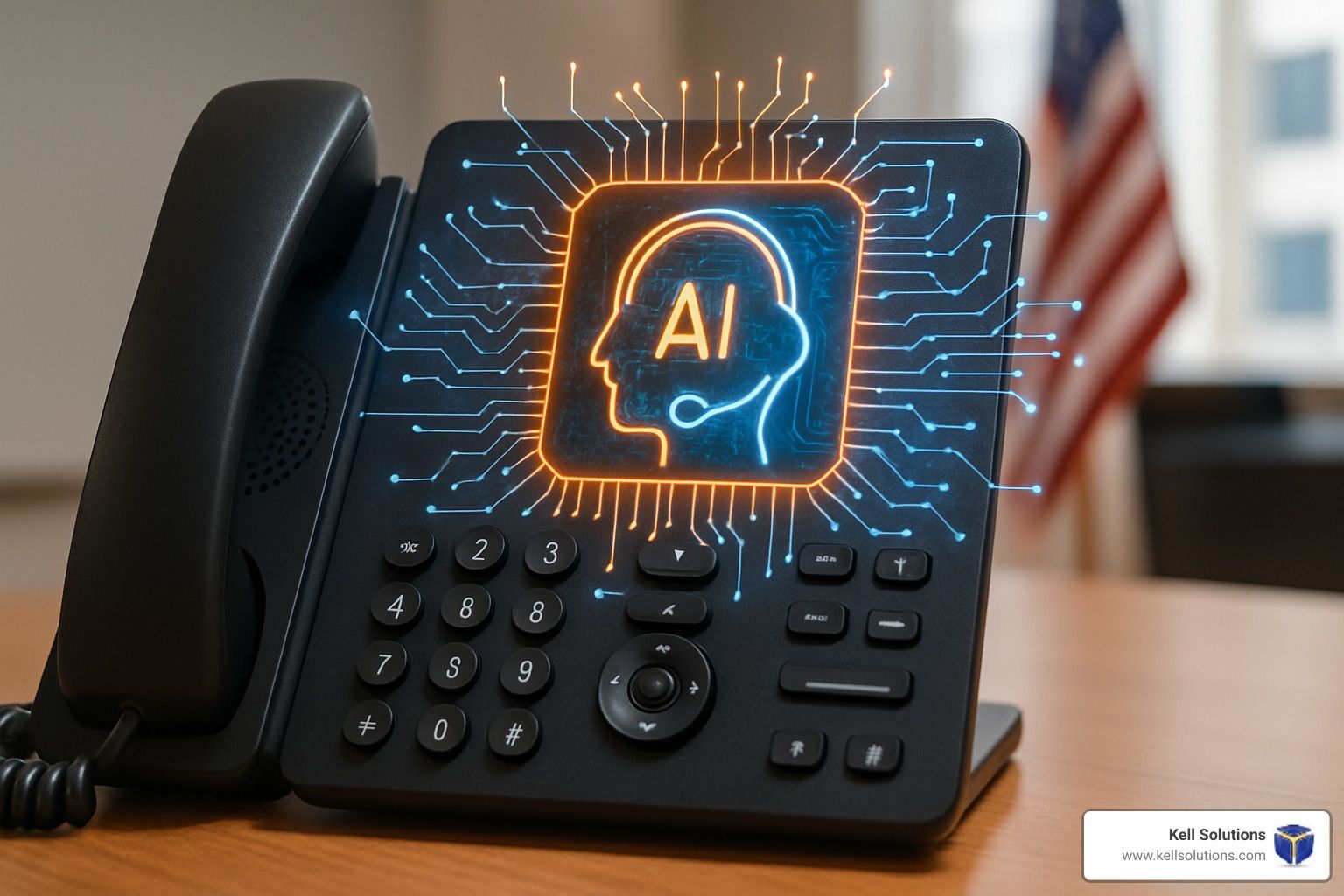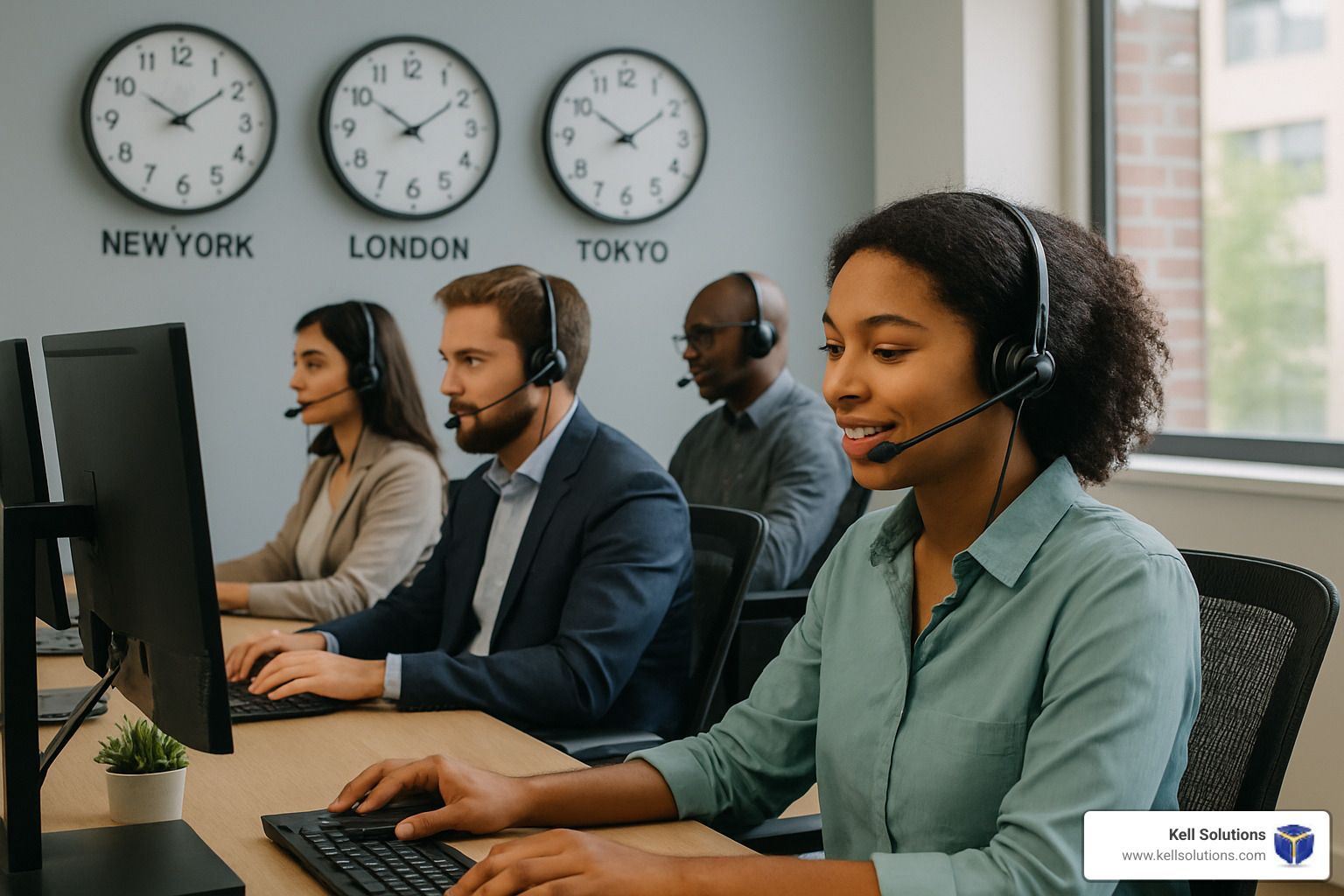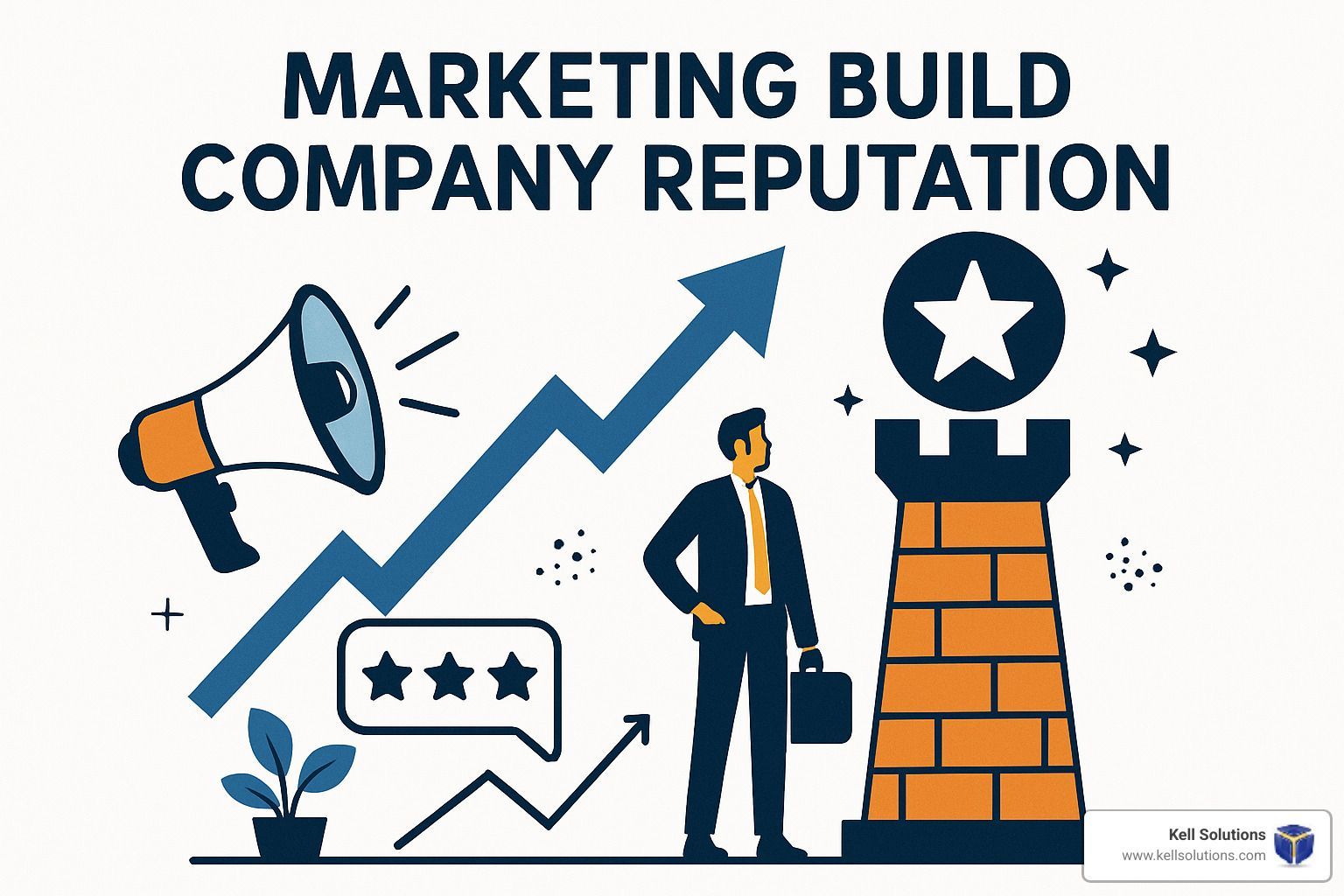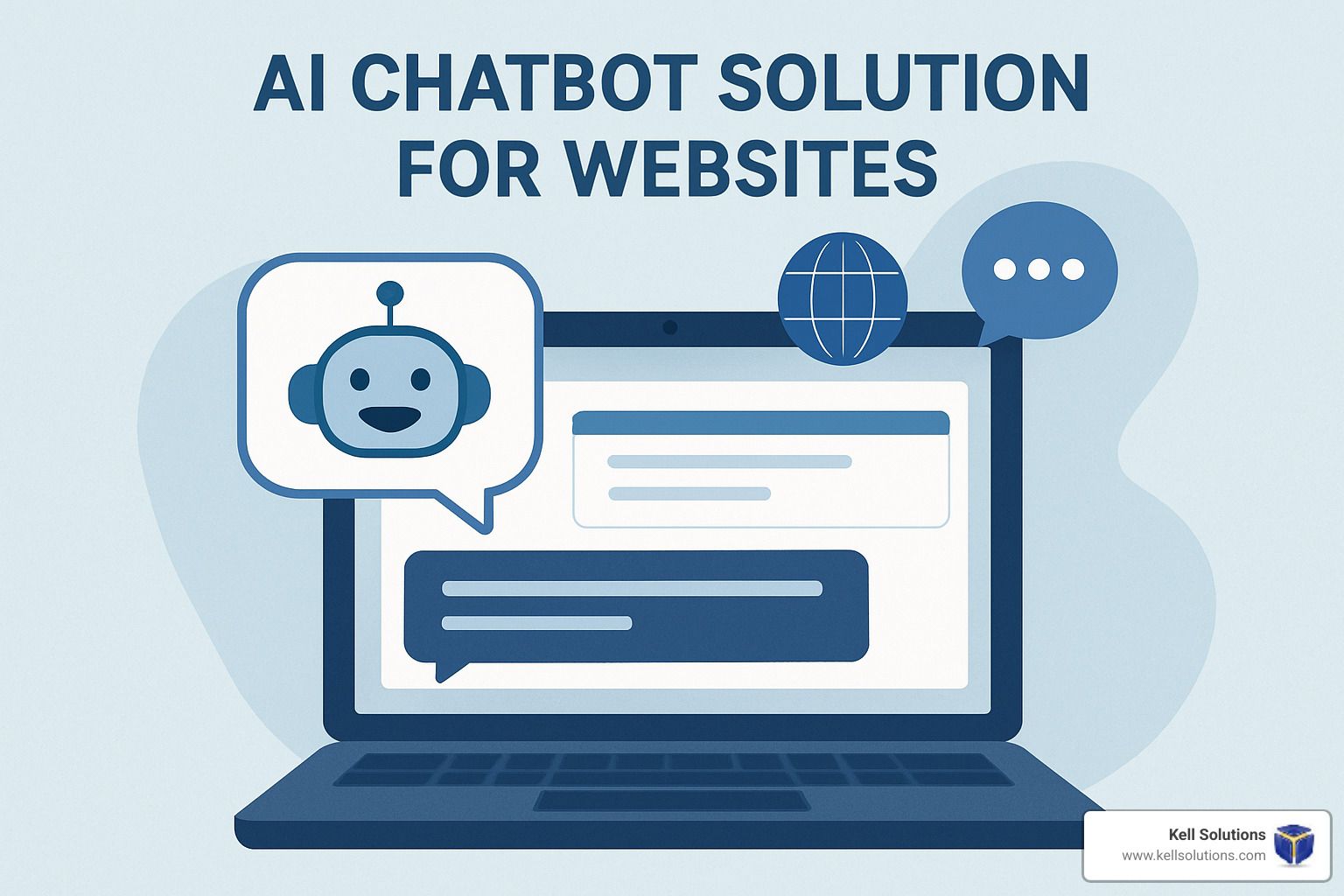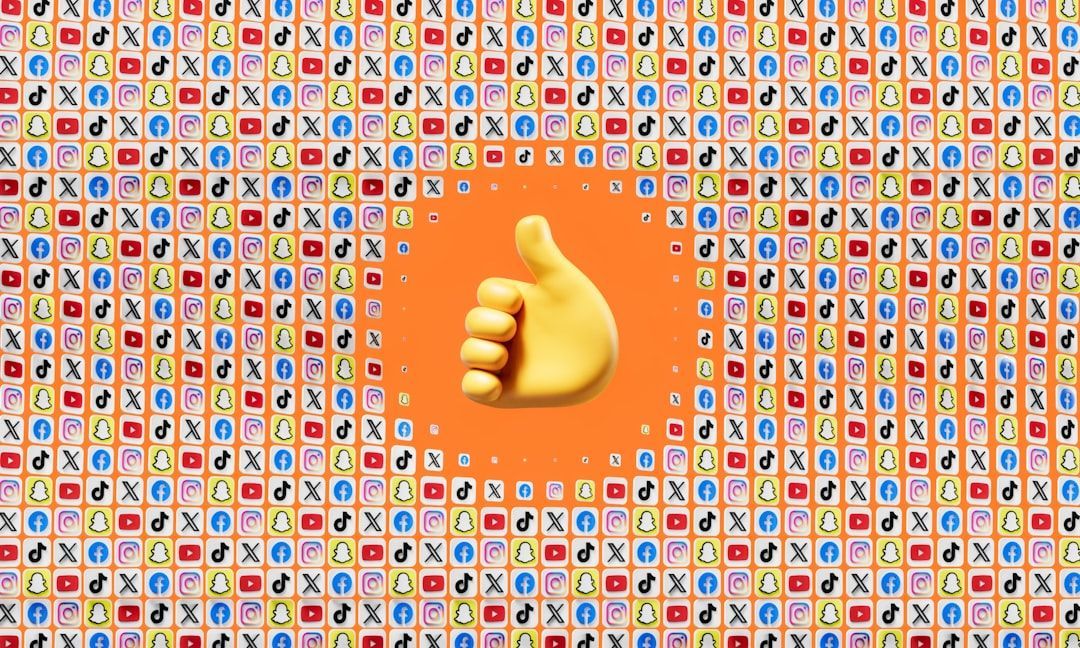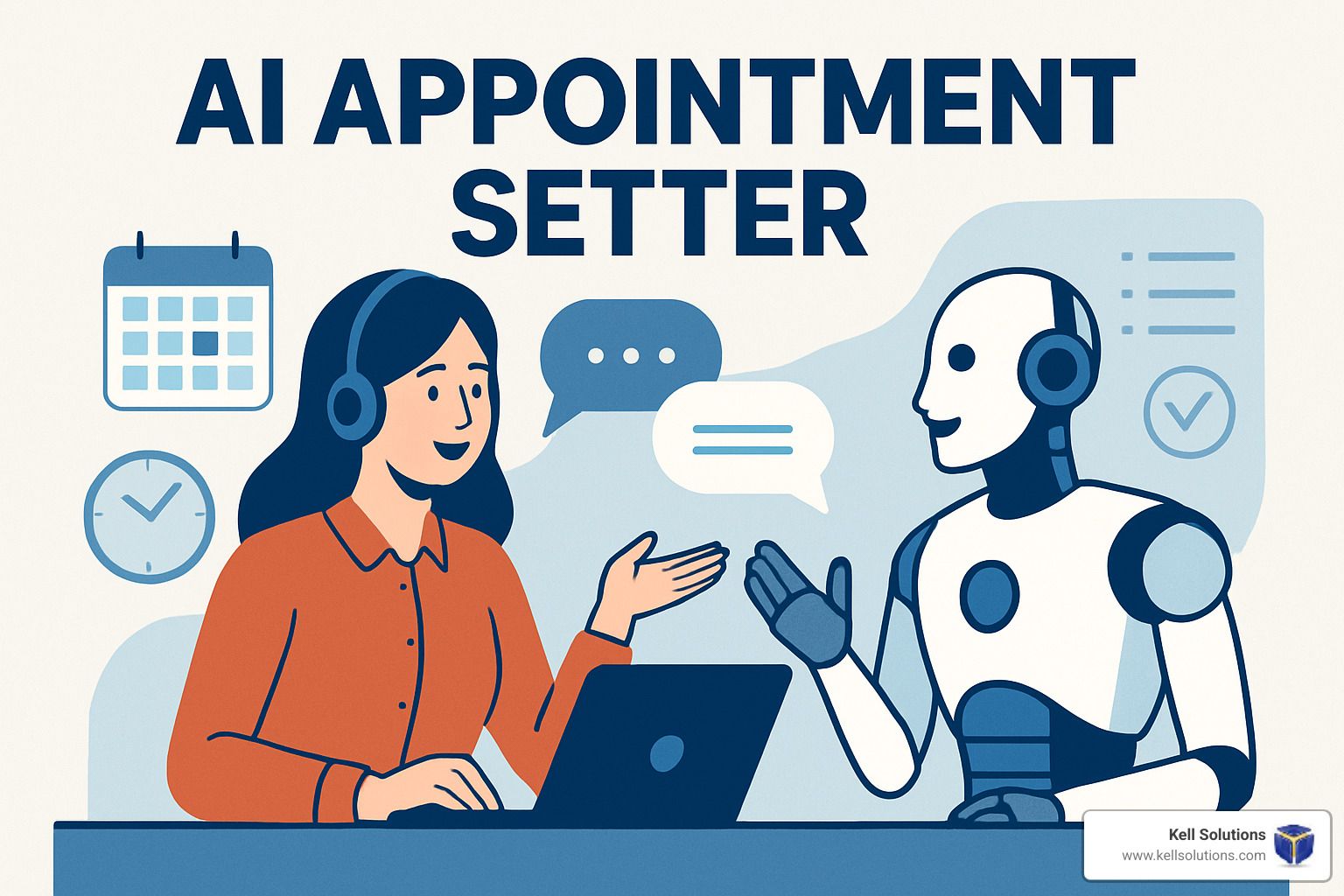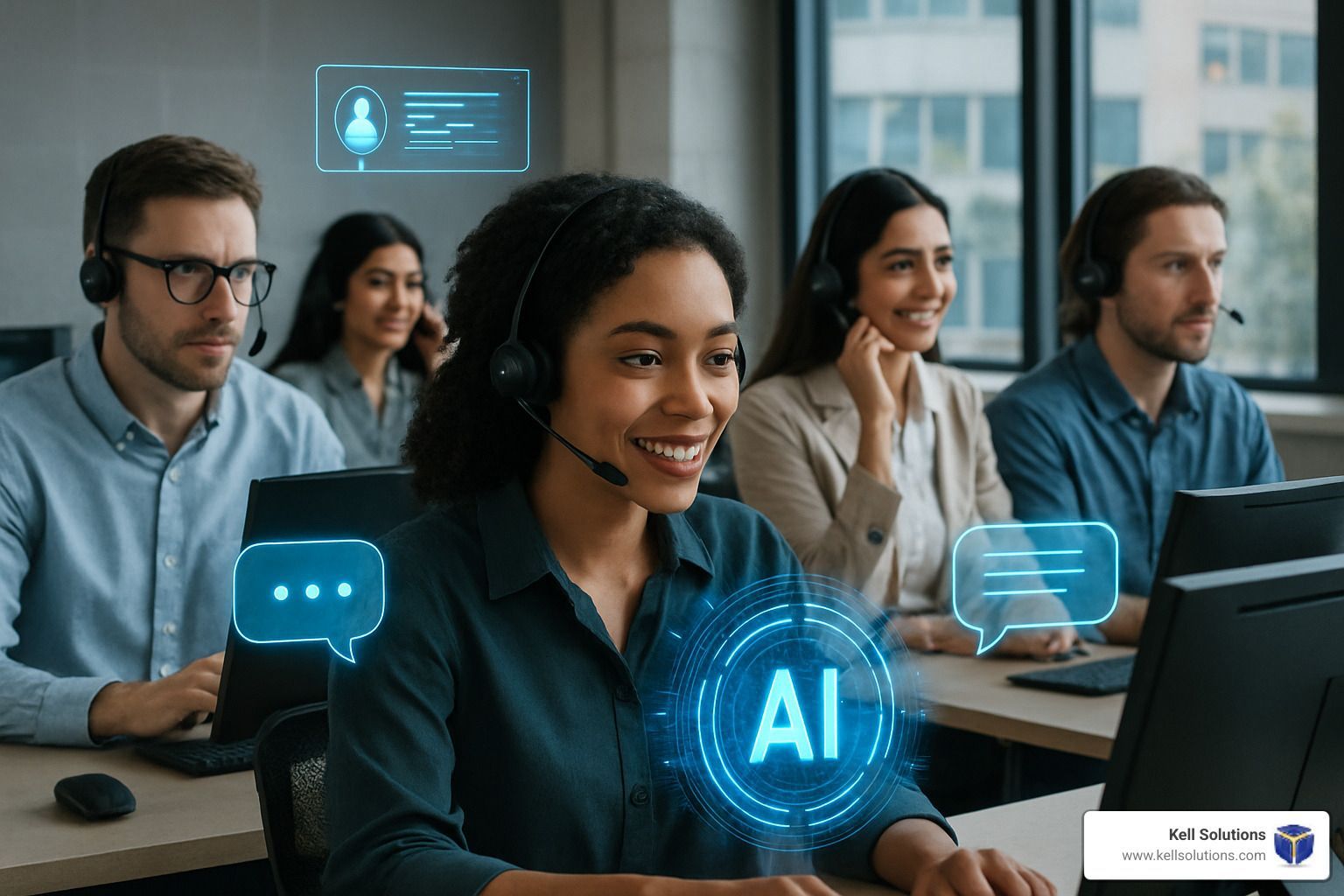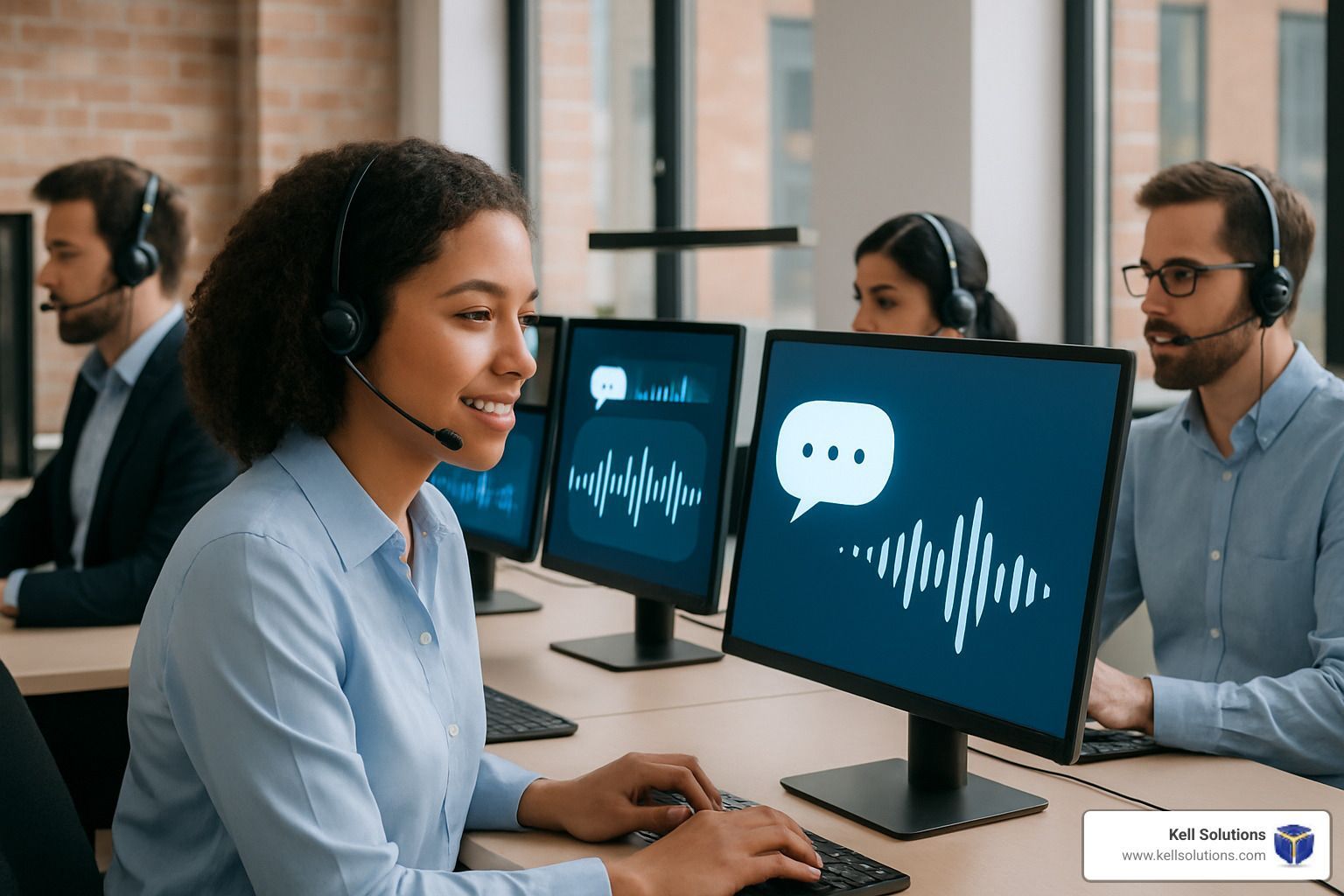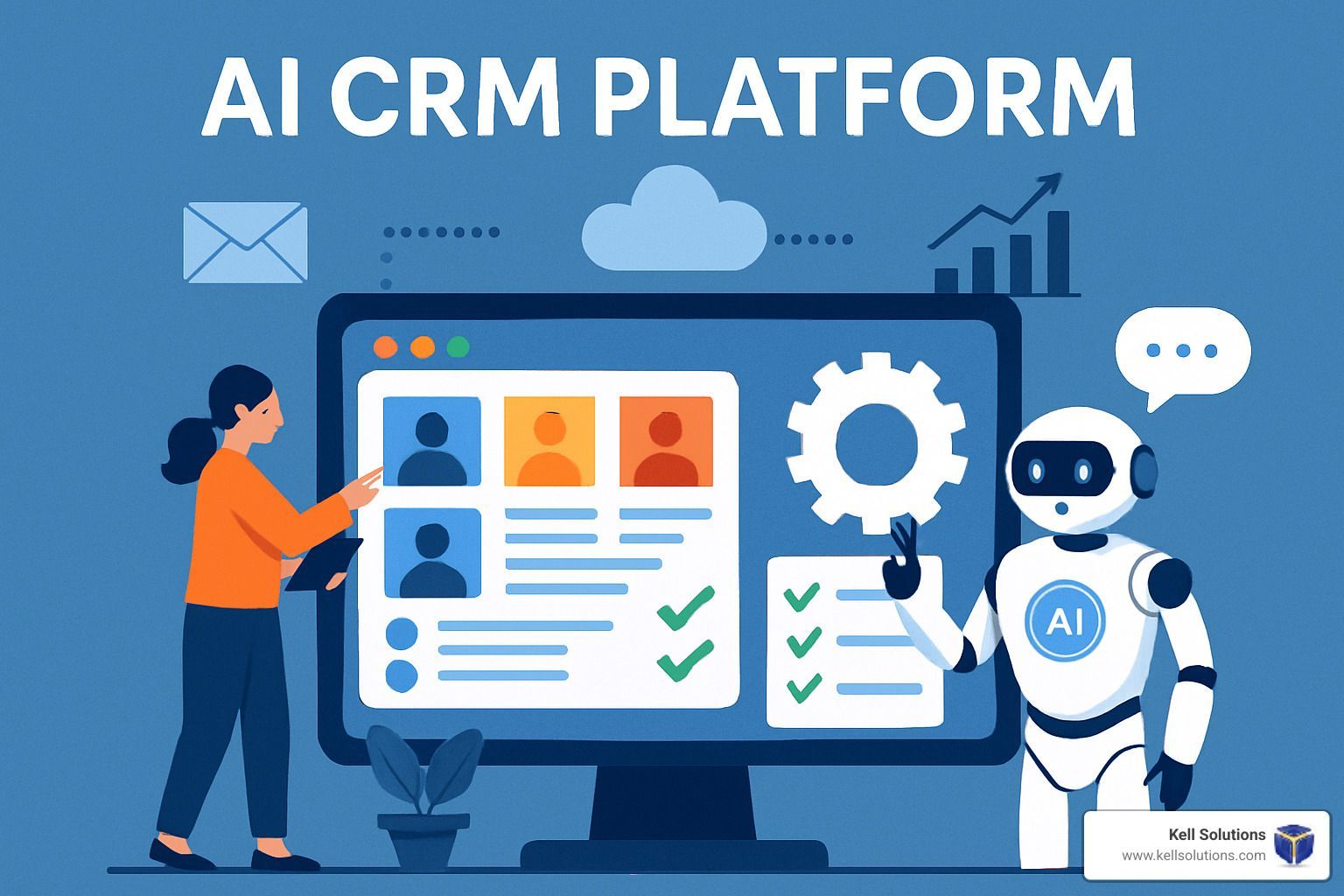AI Phone Answering Solutions: Prevent Missed Calls for Commercial Cleaning Companies
Unlocking Growth and Reliability: How AI Phone Answering Empowers Commercial Cleaning Companies to Capture Every Opportunity

Article-at-a-Glance
- Commercial cleaning companies lose between $200-$1,200 per missed call, with a mid-sized company potentially missing 5-6 opportunities daily
- AI phone answering solutions can transform missed calls into a competitive advantage, with cleaning companies using these systems reporting 3.2x faster growth
- VoiceGenie AI offers cleaning-specific features that can lead to a 28% increase in contract renewals through improved communication
- The true cost of missed calls extends beyond immediate revenue loss to include reputational damage, client attrition, and operational inefficiencies
- A properly implemented AI phone system can achieve full ROI within just 3 months while handling seasonal call volume fluctuations
Every unanswered phone call is a potential client walking straight to your competition. In the commercial cleaning industry, where service reliability can make or break client relationships, missing calls isn't just an inconvenience—it's a silent revenue killer.
The commercial cleaning sector faces a unique challenge: balancing on-site service delivery with responsive client communication. Your teams are focused on providing exceptional cleaning services, making it nearly impossible to simultaneously manage incoming calls. This communication gap creates a critical vulnerability that directly impacts your bottom line, client satisfaction, and competitive positioning.
The Hidden Cost of Missed Calls for Cleaning Companies
Commercial cleaning businesses lose between $200-$1,200 per missed call, with variance depending on service type and contract size. For a mid-sized company receiving 20 daily calls, that translates to 5-6 missed opportunities every single day. When you calculate this over months and years, the financial impact becomes staggering—potentially reaching $52,000+ annually for even modest operations.
The true cost extends far beyond immediate revenue loss. When accounting for reputational damage, client attrition, and operational inefficiencies, the total impact can triple these direct revenue losses. VoiceGenie AI has analyzed this hidden cost extensively, revealing how AI-driven call management transforms this vulnerability into a competitive advantage by capturing every opportunity while maintaining service quality.
"A cleaning company missing just 5 calls weekly at an average value of $200 loses $52,000 annually—enough to cover two full-time employees' salaries or fund a targeted digital marketing campaign."
62% of Potential Clients Never Leave Voicemails
Modern clients expect immediate response—they rarely leave voicemails when calls go unanswered. Industry data shows a staggering 62% of potential clients will simply call the next company on their list rather than leave a message. This silent attrition happens without any notification or opportunity for follow-up, making it particularly devastating to growth efforts.
How Each Missed Call Costs $347 on Average
The average commercial cleaning contract represents a significant long-term value. When factoring in the lifetime value of commercial cleaning contracts—which often represent multi-year relationships worth $15,000-$50,000 annually per client—a single missed opportunity can be devastating. A missed call preventing a $20,000 account acquisition equates to $100,000+ in lost revenue over a typical 5-year engagement.
This revenue leakage affects more than just top-line growth; it impacts operational efficiency by reducing resource utilization and preventing economies of scale. Every cleaning team, vehicle, and equipment set needs a minimum client base to achieve profitability—missed calls directly undermine this fundamental business requirement.
Why Cleaning Companies Miss More Calls Than Other Industries
Commercial cleaning operations face unique challenges that make call management particularly difficult. Your teams are frequently on-site performing services, making them unavailable to answer incoming inquiries. Unlike retail or office-based businesses, cleaning companies can't simply install a front desk receptionist, as operations are primarily field-based.
Data from Zenoti's HyperConnect reveals cleaning businesses experience 38% higher missed call rates during seasonal peaks like spring cleaning rushes. Additionally, 27% of after-hours inquiries go completely unanswered—times when potential clients with urgent needs are actively searching for immediate solutions.
Why Traditional Phone Solutions Fail Cleaning Businesses
Traditional answering services and voicemail systems fall dramatically short for modern cleaning operations. These outdated solutions can't provide the responsive, information-rich interactions clients expect. They create friction in the customer journey, leading to abandoned inquiries and lost opportunities that directly impact your growth trajectory.
Cleaning Staff Can't Answer Phones During Service
The fundamental challenge for cleaning businesses is that your core staff—the people who understand your services best—are actively engaged in cleaning activities. Expecting cleaning professionals to simultaneously deliver high-quality service while managing phone inquiries creates an impossible dilemma. This divided attention not only reduces cleaning quality but also results in unprofessional call handling that damages your reputation.
Even managers and supervisors find themselves caught between oversight responsibilities and client communication. When forced to choose, operational needs typically take precedence, leaving communication gaps that ultimately translate to lost business opportunities and dissatisfied clients who feel ignored.
Peak Call Times Conflict With Cleaning Schedules
A cruel irony of the commercial cleaning business is that peak call times typically coincide precisely with your busiest service hours. Most prospective clients call during standard business hours—the exact time when your teams are actively servicing other clients' facilities. This scheduling conflict creates a structural communication barrier that traditional solutions simply cannot overcome.
Morning hours between 8-10 AM are particularly problematic, as this represents both prime cleaning time and when many facility managers are making decisions about cleaning services. Without dedicated communication systems, you're forced to choose between servicing existing clients and capturing new business—an impossible position for growth-focused companies.
Seasonal Demand Creates Overwhelming Call Volumes
Commercial cleaning demand fluctuates dramatically throughout the year. Spring cleaning surges, pre-holiday preparations, and post-construction cleanup seasons create call volume spikes that can overwhelm even well-staffed operations. These seasonal variations make traditional staffing models inefficient—you're either overstaffed during slow periods or missing calls during peak times.
Scaling up receptionist capacity for these seasonal peaks often isn't economically viable, yet failing to capture these opportunities significantly impacts annual revenue. This seasonal challenge requires a solution that can scale instantly without additional overhead costs.
5 Must-Have Features in AI Phone Answering for Cleaning Companies
Not all AI phone solutions are created equal, especially for the unique needs of commercial cleaning operations. The right system must go beyond basic call answering to provide comprehensive communication management that aligns with your business workflow. Here are the critical features that drive measurable business outcomes for cleaning companies.
1. 24/7 Call Handling with Emergency Protocols
Commercial cleaning emergencies don't respect business hours. Water damage, biohazard situations, and pre-event cleanup needs can arise at any time, making 24/7 availability non-negotiable. An effective AI phone system must provide round-the-clock coverage with sophisticated emergency protocols that can distinguish between standard inquiries and urgent situations requiring immediate attention.
The system should automatically escalate emergency calls through multiple channels—text alerts, emails, and direct routing to on-call staff. This multi-layered approach ensures critical situations receive immediate attention while routine inquiries are professionally managed without disrupting operations. For cleaning businesses, this capability directly impacts client retention by demonstrating reliability when it matters most.
2. Automated Appointment Scheduling and Calendar Integration
Scheduling efficiency represents a competitive advantage in commercial cleaning. Advanced AI systems should offer direct calendar integration that allows prospects to book consultations, estimates, or services without human intervention. This capability eliminates scheduling conflicts, reduces administrative overhead, and creates a frictionless experience that converts more prospects into clients.
Commercial cleaning companies operate in a fast-paced, service-driven environment where every missed call can mean a lost opportunity.
The most effective systems offer bidirectional synchronization with your existing calendar infrastructure, automatically adjusting availability based on staff schedules, travel time between locations, and service duration. This intelligent scheduling optimization maximizes resource utilization while ensuring realistic time allocations that prevent the service delays that damage client relationships.
3. Lead Qualification and CRM Data Capture
Every call represents valuable data that should automatically populate your customer relationship management system. Sophisticated AI phone solutions capture detailed information including facility size, service requirements, budget parameters, and timeline expectations. This automated data collection ensures your sales team has comprehensive information before the first follow-up, enabling personalized proposals that significantly improve conversion rates.
Beyond basic contact information, advanced systems apply intelligent qualification algorithms that score leads based on your ideal customer profile. This prioritization ensures your team focuses on the highest-value opportunities first, optimizing sales resources and accelerating revenue generation. The system should automatically tag leads with service categories, allowing for tailored follow-up processes specific to each service type.
4. Multilingual Support for Diverse Clientele
In today's diverse business environment, language barriers can silently eliminate qualified prospects from your pipeline. Leading AI phone systems offer seamless multilingual support that automatically detects caller language preferences and adjusts accordingly. This capability expands your addressable market and creates an inclusive experience that builds trust with facility managers from various cultural backgrounds. The most effective implementations maintain your brand voice and terminology consistency across all supported languages, ensuring professional representation regardless of the caller's preferred language.
5. Business Tool Integration and Workflow Automation
Operational efficiency requires seamless information flow between systems. Top-tier AI phone solutions integrate directly with your essential business tools—from scheduling and CRM to invoicing and communication platforms. This integration eliminates manual data entry, reduces administrative overhead, and ensures consistent information across all business systems.
The most valuable implementations create automated workflows triggered by specific call types. For example, new client inquiries can automatically generate follow-up sequences, estimate appointments, and preliminary proposal documents without staff intervention. This automation accelerates your sales cycle while ensuring consistent process execution regardless of staff availability.
Sophisticated integrations extend to operational tools as well, connecting call data with quality control systems, inventory management, and staff scheduling platforms. This comprehensive integration creates a unified business ecosystem where communication directly enhances operational efficiency and service delivery.
The competitive advantage comes from customized integrations tailored to your specific cleaning operation's workflow. Generic solutions offer basic connectivity, but industry-specific systems provide pre-built integrations with the specialized tools commercial cleaning companies rely on daily.
- Instant quote generation based on facility parameters captured during calls
- Automated dispatch notifications for emergency service requests
- Quality control follow-up sequences triggered by service completion
- Inventory requisition based on service specifications
- Contract renewal reminders with personalized enhancement suggestions
How to Implement AI Phone Systems Without Disrupting Operations
Implementing new technology often creates operational disruption that temporarily reduces productivity—an outcome cleaning businesses can't afford. The right implementation approach minimizes transition challenges while accelerating time-to-value for your AI phone system investment.
Successful implementations follow a phased approach that gradually shifts call volume to the AI system while maintaining traditional communication channels during the transition. This parallel operation strategy ensures no opportunities are lost while the system optimizes for your specific business requirements.
Analyze Your Current Call Patterns First
Before implementing any AI phone solution, conduct a thorough analysis of your current call patterns. Document peak call times, common inquiry types, and existing response rates. This baseline data will help you identify specific communication gaps and set concrete improvement targets. Most cleaning companies discover that 67% of their missed calls occur during specific two-hour windows when teams are transitioning between service locations.
Request call analytics from your current provider or install temporary call tracking software to gather this critical information. The patterns you uncover will inform your implementation strategy and help you prioritize which features to deploy first. Pay particular attention to after-hours call volumes and emergency request frequencies, as these often represent the quickest ROI opportunities.
Create a Knowledge Base for AI Training
The effectiveness of your AI phone system depends heavily on the quality of information it accesses. Develop a comprehensive knowledge base covering your services, pricing structures, common client questions, and procedural responses. Include specific details about your cleaning methodologies, equipment capabilities, and scheduling parameters. This documentation serves as the foundation for your AI system's responses, ensuring accurate and consistent information delivery.
Involve your most experienced customer service and operations team members in developing this knowledge base. Their practical insights will significantly enhance the system's ability to handle nuanced inquiries and provide solutions that align with your operational capabilities. Regular knowledge base updates should become part of your standard operating procedures to ensure the AI system evolves alongside your business offerings.
Test With a Subset of Calls Before Full Deployment
A phased implementation approach minimizes risk while allowing for system optimization. Begin by routing a specific subset of calls—perhaps after-hours inquiries or overflow during peak periods—to your new AI system. This controlled testing environment allows you to evaluate performance, refine responses, and build team confidence before full deployment. Monitor key metrics like resolution rates, customer satisfaction, and information accuracy during this pilot phase.
Use the insights gained during testing to make necessary adjustments before expanding implementation. This iterative approach ensures the system performs optimally when handling your full call volume. Many cleaning companies find that just two weeks of targeted testing and refinement dramatically improves long-term performance and adoption success.
Real-World Results: Before and After AI Phone Answering
The transformation achieved through AI phone answering extends far beyond simply answering more calls. Case studies across commercial cleaning operations reveal consistent patterns of improvement across multiple business dimensions. These quantifiable results provide compelling evidence for the return on investment these systems deliver.
93% Call Answer Rate (vs. Industry Average of 73%)
Companies implementing comprehensive AI phone solutions consistently achieve answer rates exceeding 90%, dramatically outperforming the industry average of 73%. This improvement represents dozens of additional captured opportunities monthly for mid-sized operations. More importantly, this near-perfect answer rate establishes a reputation for reliability that differentiates your business in a competitive market.
The consistency of response quality—maintaining the same professional interaction standards regardless of call volume or time of day—creates a predictable client experience that builds trust. This reliability translates directly into higher conversion rates as prospects gain confidence in your operational excellence before becoming clients.
28% Increase in Contract Renewals
Client retention metrics show significant improvement following AI phone system implementation. The 28% increase in contract renewals stems from enhanced communication throughout the client lifecycle—from responsive emergency handling to proactive maintenance scheduling. When clients consistently reach your company without frustration, their overall satisfaction increases dramatically, even when facing service issues.
This retention improvement delivers tremendous financial impact, as the cost of retaining existing clients is typically 5-7 times lower than acquiring new ones. For established cleaning operations, this renewal enhancement often represents the most significant profitability driver from AI implementation.
47% Faster Response Times for Emergency Requests
Emergency response capabilities represent a critical differentiator for commercial cleaning companies. AI systems with proper emergency protocols reduce average response times by 47%, ensuring critical situations receive immediate attention regardless of when they occur. This rapid escalation capability has proven particularly valuable for cleaning companies serving healthcare facilities, food processing plants, and other environments where sanitation emergencies require immediate intervention.
The improved response efficiency extends beyond emergencies to all time-sensitive communications. Standard inquiries receive faster follow-up, estimates are delivered more quickly, and scheduling changes are confirmed promptly. This comprehensive acceleration of communication cycles creates a responsive business image that attracts and retains high-value clients.
Cost-Benefit Analysis: Is AI Phone Answering Worth It?
The financial case for AI phone answering becomes clear when comparing total costs against quantifiable benefits. Unlike traditional solutions with escalating costs as call volumes increase, AI systems typically offer predictable subscription pricing regardless of usage. This cost structure creates particular advantages during seasonal peaks when call volumes surge without corresponding cost increases.
Monthly Subscription vs. Hiring Reception Staff
The direct cost comparison between AI systems and human receptionists reveals compelling economics. While a dedicated receptionist typically costs $3,500-$4,500 monthly when including salary, benefits, training, and management overhead, comprehensive AI phone solutions average $400-$800 monthly for unlimited call handling. This cost differential creates immediate operational savings while actually improving availability by eliminating human limitations like lunch breaks, sick days, and after-hours coverage gaps.
Beyond direct cost savings, AI systems eliminate the management burden associated with reception staffing—recruiting, training, scheduling, and quality monitoring. This reduced administrative overhead allows management to focus on service delivery and business development rather than communication infrastructure.
Calculate Your Potential ROI
A case study of a 50-employee cleaning company showed $78,000 annual revenue recovery after implementing AI call handling, achieving full ROI within just 3 months. To calculate your specific ROI potential, multiply your average contract value by your estimated missed calls per month, then apply your typical conversion rate. This calculation reveals the revenue opportunity currently being lost to communication gaps. Subtract your anticipated AI system costs to determine net benefit. Most commercial cleaning operations discover six-figure annual improvement potential through this analysis.
How to Choose the Right AI Phone Solution for Your Cleaning Business
The proliferation of AI phone solutions creates selection challenges for cleaning company leaders. Not all systems offer the specialized capabilities required for commercial cleaning operations. Evaluating options through an industry-specific lens ensures you select a solution aligned with your unique business requirements.
Begin your evaluation process by clearly defining your communication objectives and specific pain points. Are you primarily focused on after-hours coverage, handling seasonal volume spikes, or improving emergency response? These priorities will guide your feature requirements and help you avoid paying for unnecessary capabilities.
Cleaning Industry-Specific Features to Look For
Generic AI phone systems lack the specialized capabilities commercial cleaning operations require. Prioritize solutions offering industry-specific features like detailed service scheduling with location tracking, emergency triage protocols for different facility types, and cleaning-specific terminology training. The system should understand industry terms like "post-construction cleanup," "biohazard remediation," or "floor burnishing" without requiring translation.
Evaluate each solution's ability to capture cleaning-specific data points during calls—facility square footage, floor types, special equipment needs, and access requirements. This specialized information collection streamlines the estimation process and ensures appropriate resource allocation. The most effective systems for cleaning operations also offer customizable service menus that align with your specific offering structure, allowing for accurate information delivery without overwhelming callers with irrelevant options.
Questions to Ask Providers Before Buying
When evaluating potential providers, ask specific questions that reveal their understanding of commercial cleaning operations: How does your system handle emergency escalation for different contamination scenarios? What cleaning-specific integrations do you offer with scheduling and CRM systems? Can you provide examples of cleaning companies currently using your solution, along with measurable results they've achieved? These targeted inquiries quickly separate generic providers from those with genuine industry expertise.
Red Flags That Signal a Poor Fit
Be wary of providers unable to demonstrate cleaning industry knowledge, offering rigid scripts that can't accommodate service variations, or requiring lengthy implementation timelines. Another warning sign is systems lacking seamless integration with industry-standard scheduling tools—these limitations create administrative bottlenecks that undermine efficiency gains. Perhaps most importantly, avoid providers unwilling to offer trial periods that allow you to evaluate real-world performance before making substantial commitments.
Transform Your Business with Always-On Communication
The competitive advantage of always-on communication extends far beyond simply answering more calls. By implementing the right AI phone answering solution, you create a responsive business foundation that supports sustainable growth while improving operational efficiency. This communication transformation positions your commercial cleaning company to capture opportunities your competitors miss while delivering the responsive service modern clients demand. Ready to stop losing clients to missed calls? Explore how VoiceGenie AI's cleaning-specific solution can transform your commercial cleaning operation's communication capabilities while delivering measurable ROI within months, not years.
Frequently Asked Questions
As you consider implementing AI phone answering for your commercial cleaning business, you likely have specific questions about how these systems work in practice. The following answers address the most common inquiries cleaning company leaders raise during the evaluation process.
How long does it take to set up an AI phone answering system?
Implementation timelines vary based on system complexity and integration requirements, but most cleaning companies achieve basic functionality within 3-5 business days. This initial setup includes number porting or forwarding configuration, basic knowledge base implementation, and emergency protocols.
More comprehensive implementations involving detailed service menus, multi-location support, and deep integrations with existing business systems typically require 2-3 weeks. The most successful deployments follow a phased approach, starting with core functionality and gradually expanding capabilities as team members and clients become comfortable with the new system.
Cloud-based solutions generally offer faster implementation than on-premise systems, as they eliminate hardware procurement and installation requirements. VoiceGenie AI specializes in rapid deployment, with many cleaning companies achieving full functionality within just 7 business days.
Can AI phone systems handle complex cleaning service inquiries?
"We were skeptical that an AI system could handle our complex service inquiries, but after proper training with our specific cleaning terminology and service options, the system accurately manages 93% of initial calls without human intervention—even complicated post-construction cleanup requests with specific timeline and environmental requirements." — Operations Director, Commercial Cleaning Company
Modern AI phone systems excel at handling complex inquiries when properly configured with industry-specific knowledge bases. The key lies in comprehensive initial training with your specific service offerings, pricing structures, and procedural details. Well-implemented systems can manage multi-variable inquiries like specialized surface cleaning requirements, equipment capabilities for different environments, and detailed scheduling parameters.
The most effective implementations use a hybrid approach that handles routine inquiries completely automatically while facilitating seamless handoffs for genuinely complex situations requiring human expertise. This intelligent triage approach ensures efficient processing of standard requests while maintaining quality for complex scenarios.
Leading systems continuously improve through machine learning, analyzing successful interactions to enhance future performance. This ongoing optimization means the system becomes increasingly capable of handling complex inquiries over time, gradually reducing the percentage requiring human intervention.
Will customers know they're talking to an AI system?
Modern AI phone answering technology has evolved dramatically, with advanced systems now capable of remarkably natural conversation patterns. Many implementations offer transparent disclosure options, allowing you to decide whether to explicitly inform callers they're interacting with an AI assistant or maintain a seamless experience. Some cleaning companies find that straightforward disclosure actually enhances caller comfort, while others prefer the seamless approach.
The perception largely depends on implementation quality and customization level. Systems properly trained with your specific terminology, service offerings, and brand voice create interactions nearly indistinguishable from human conversations. The key factors influencing perception include response latency (how quickly the system processes and responds), contextual understanding (maintaining conversation flow across multiple exchanges), and natural language patterns (avoiding robotic phrasing and rigid structures).
- Advanced voice synthesis with natural inflection and pacing
- Contextual memory that maintains conversation continuity
- Conversational intelligence that understands implied questions
- Natural handling of interruptions and conversation direction changes
- Emotional intelligence recognizing urgency or frustration
Client feedback consistently shows that results matter more than the technology used to achieve them. When callers receive accurate information, efficient scheduling, and appropriate solutions to their needs, satisfaction remains high regardless of whether they're speaking with a human or AI system.
How do AI phone systems handle emergency cleaning requests?
Effective AI phone systems employ sophisticated emergency protocols specifically designed for commercial cleaning scenarios. The system first identifies emergency indicators through keyword recognition and caller tone analysis, then initiates a multi-channel escalation process. This typically includes immediate text notifications to on-call managers, email alerts with call transcripts, and direct routing to emergency response teams. For critical situations like biohazard containment, water damage, or pre-health inspection needs, the system can simultaneously notify multiple team members while providing callers with immediate confirmation that their emergency is being addressed.
Can I customize how the AI system responds to different types of calls?
Comprehensive customization represents a critical differentiator between basic and advanced AI phone systems. Leading solutions offer granular control over how different call types are handled, allowing you to create specific response protocols for service inquiries, scheduling requests, estimate needs, and emergency situations. This customization extends to routing logic, information collection sequences, and integration workflows.
The most effective implementations allow for branch-specific customization, enabling different response patterns for various service categories. For example, carpet cleaning inquiries might follow different information collection sequences than post-construction cleanup requests. This specialized handling ensures the system gathers precisely the information needed for each service type without unnecessary questions.
Beyond response patterns, advanced systems offer voice personality customization that aligns with your brand identity. This includes adjustable speech pacing, terminology preferences, and conversational style—creating a consistent brand experience across all communication channels.

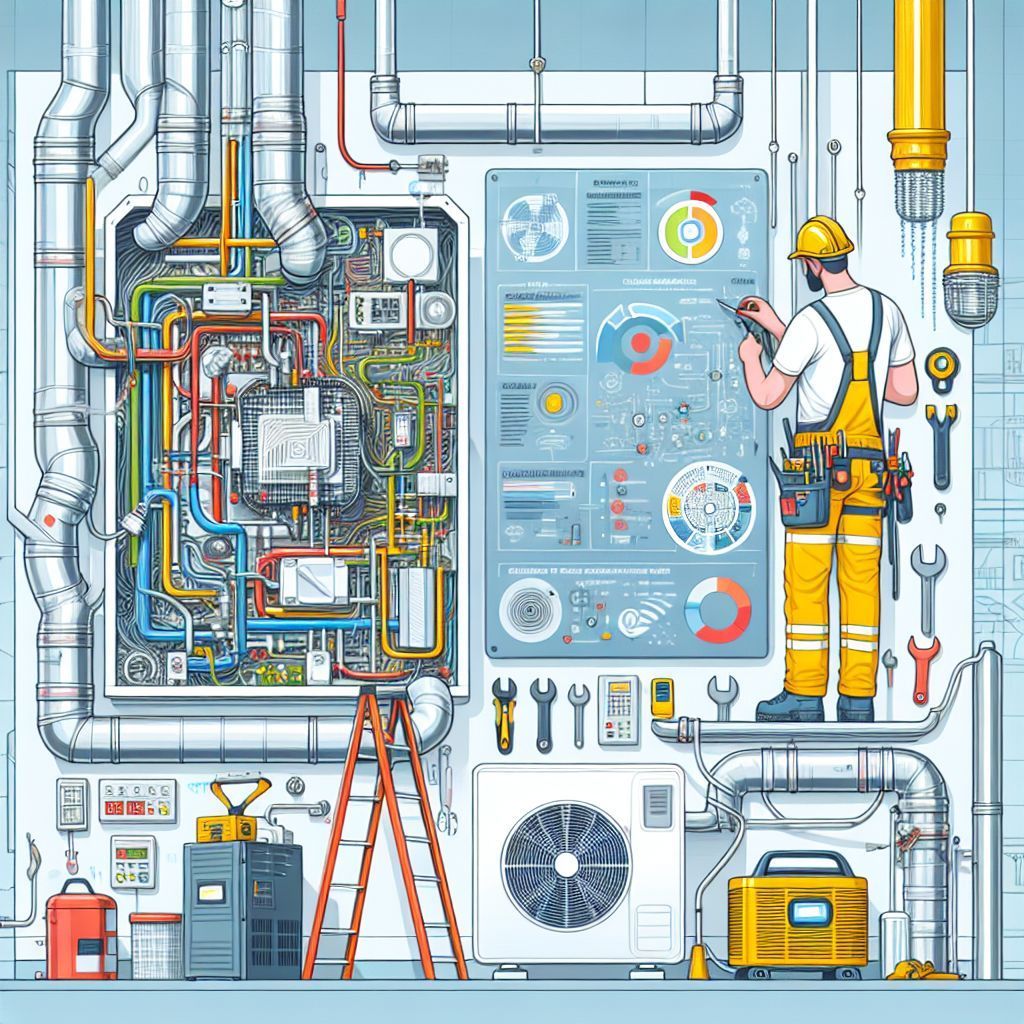
Orange County HVAC Google AI Overview Domination: 7 Proven Strategies to Capture Featured AI Results


